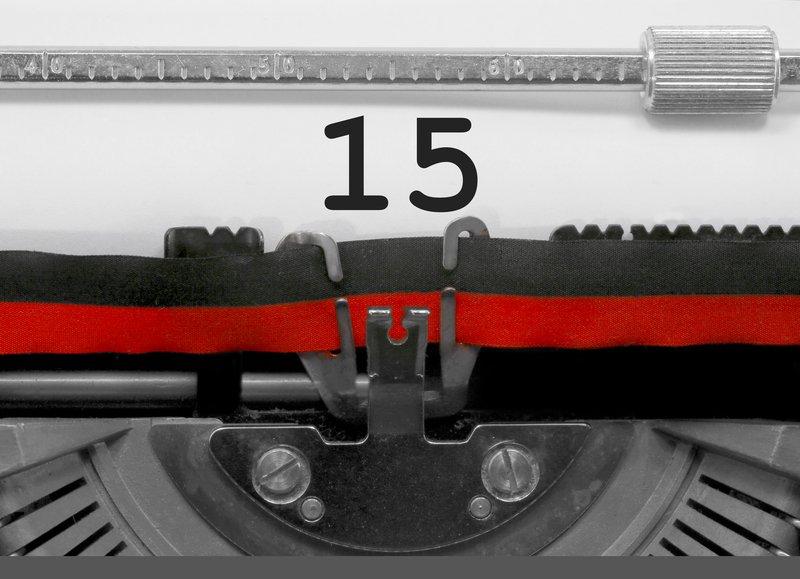If you’re looking to raise money, from either a bank loan or outside investors, a cash flow will be one of the financial forecasts that you will need to produce for prospective lenders and investors.
As your business grows, a cash flow forecast becomes an increasingly important tool to help you manage the business and to avoid any sudden cash flow problems.
We all, therefore, appreciate the importance of a cash flow forecast, but are there any trade secrets to doing it better?
Here are some top tips to help you produce a better, more accurate cash flow forecast first time, and how you can use it to give your business a commercial advantage.
1. Be committed to your forecasting
Get behind your forecast – if you appreciate the benefits of a cash flow forecast, you will be much more likely to manage it more effectively.
Remember and focus on the benefits that appeal to you most whether it’s being able to prearrange overdraft facilities with your bank manager, adding value to your business when you come to sell it, or making your business plan and budgets more realistic/achievable.
2. Have the right information to hand
To complete a cash flow forecast, a business should have to hand the following key information:
- Overdraft/banking facility conditions
- Interest rates for any loans, overdrafts, etc
- Key dates e.g. when VAT, PAYE and other key payments are due
- Credit terms for different customers – to give an indication of when money is due in
- Working capital figure = the time it takes to turn your goods/service in to cash in your hand
3. Don’t ignore VAT
VAT is often omitted on sales recorded and also bills to be paid. Therefore, at a glance a business owner may think they have a healthy working capital but some of this will be required to pay a VAT bill.
Make sure any sales recorded include the VAT and that the VAT payments are also entered.
4. Don’t forget the balance sheet
A business owner could have a cash flow forecast and a profit & loss account (P&L) but they won’t be incorporating vital information from a balance sheet such as PAYE, fixed asset additions, repayment of loans, and VAT, etc.
Make sure you have an accurate balance sheet and that you pull any relevant figures from that (and the P&L account) into the cash flow forecast.
5. Adjust your cash flow accordingly
Whilst the cash flow needs to be integrated with a balance sheet and P&L, the cash flow isn’t always adapted to factor in various credit/debtor terms.
For example, you may make a purchase that should be recorded in the P&L this month but the money won’t actually leave your account until next month, which is when it should be recorded in your cash flow forecast.
6. Use your cash flow to negotiate no fee overdrafts/financing
You will usually be able to pre-arrange temporary business overdrafts at no extra charge if you can present your cash flow forecast to your bank manager or financier. The bank manager will have confidence that your business is being managed effectively and you will be able to repay the overdraft when you say you will.
7. Use your cash flow to increase the value of your business
Free Tide Business Bank Account - £50 Cashback!

Open a free business current account to qualify + enjoy 12 months free transactions. Read our Tide review.
By presenting an accurate and working cash flow forecast you are proving your business operates effectively and are therefore adding tangible value to your business.
8. Avoid unnecessary bank charges and interest
Many businesses end up paying too many £25 bank charges, with further interest on those charges, to make last-minute payments. If you have an accurate cash flow forecast you can plan ahead more and avoid such payments.
9. Don’t borrow unnecessarily
Businesses often end up using more costly finance options such as paying for items on expensive credit cards or having to resort to invoice discounting (note invoice discounting isn’t always a bad thing but it should be used constructively, not because a business desperately needs the money).
Again, resorting to urgent and expensive financial fixes can often be avoided if a business can use an accurate cash flow forecast to see exactly what money they will have at a particular point in time.
10. Use your cash flow to avoid the worst-case scenario
By not ensuring that a business has enough working capital, you run the risk of not being able to pay your bills. An unpaid creditor is able to make a formal injunction for the business to cease trading, which is something to avoid at all costs.
Sometimes this can be purely because the money you are owed is not being chased effectively, so get a debt collection team and structure in place to ensure you are collecting what you are owed!
This guide has been written for ByteStart by Stuart Crook, a Partner at Wellers Accountants representing SMEs in London and across the Thames Valley.










